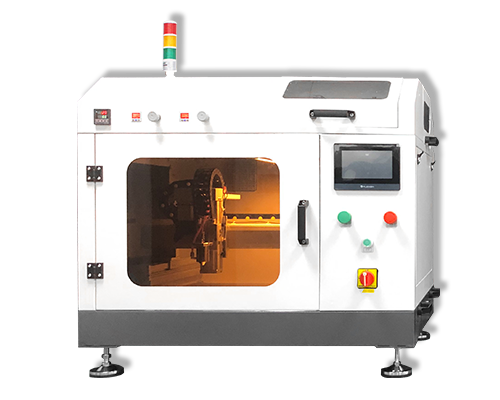Platinum-carbon Material Spraying on Membrane Electrode
The issues of water electrolysis and fuel cell membrane electrode spraying on platinum-carbon material can be elaborated from the following aspects:
1. Hydrogen production by water electrolysis and membrane electrode
In the process of hydrogen production by water electrolysis, the membrane electrode is the core component of the electrolyzer, which directly determines the performance and life of the electrolyzer. The membrane electrode is mainly composed of a proton exchange membrane, an anode catalyst layer, a cathode catalyst layer, and platinum-titanium diffusion layers on both sides. These components work together to complete the electrochemical decomposition reaction of water to produce hydrogen and oxygen.
2. Fuel cell membrane electrode (MEA)
MEA is the core component of the fuel cell, accounting for more than 30% of the cost of the fuel cell. It is mainly composed of a catalyst, a proton exchange membrane and a gas diffusion layer. It is the place where the electrochemical reaction occurs and provides a channel for the entry and exit of the reaction gas, exhaust gas and liquid water. The ideal MEA needs to have good gas diffusion capacity, liquid water management capacity and proton conduction capacity.
3. Application of platinum-carbon materials in membrane electrodes
Platinum-carbon materials play an important role in the preparation of fuel cell membrane electrodes due to their excellent catalytic properties. The platinum-carbon catalyst coating can be directly applied to both sides of the proton exchange membrane by spraying, coating or transfer to form an anode catalyst layer and a cathode catalyst layer. These catalyst layers can promote the electrochemical reaction of hydrogen and oxygen to generate electricity and water during the operation of the fuel cell.
4. Process of spraying platinum-carbon materials
- Ultrasonic spraying: Ultrasonic spraying technology can produce highly durable and uniform platinum-carbon catalyst ink coating on the fuel cell membrane electrode while avoiding membrane deformation. This technology is suitable for various types of fuel cells such as PEM fuel cells and solid oxide fuel cells. Cheersonic’s ultrasonic spraying equipment has the characteristics of automatic transmission of spray substrates, nozzle arrays, and high spraying uniformity, which can greatly improve production speed and efficiency.
- Blade coating: Another commonly used coating method is blade coating. The prepared platinum-carbon catalyst slurry is evenly coated on the proton exchange membrane with a blade, and then dried to form a catalyst layer. This method is simple to operate, but it is necessary to pay attention to controlling the coating thickness and uniformity to avoid problems such as swelling and deformation.
5. The impact of spraying platinum carbon materials
- Performance improvement: The uniform distribution and high catalytic activity of platinum carbon catalysts can significantly improve the performance and stability of fuel cells, including improving electrolysis efficiency and reducing proton transfer resistance.
- Environmental value: Platinum is a rare metal with excellent catalytic performance and corrosion resistance. By recycling and reusing waste platinum carbon materials, not only can resources be recycled, but also environmental pollution and ecological damage can be reduced.
- Economic benefits: Efficient use of platinum carbon catalysts can reduce the production cost of fuel cells and improve economic benefits. At the same time, the recycling and reuse of waste platinum carbon can also bring additional sources of income to enterprises.
In summary, electrolysis of water and spraying platinum carbon materials on fuel cell membrane electrodes is one of the important means to improve the performance and stability of fuel cells. By optimizing the spraying process and recycling waste platinum carbon materials, the development and application of fuel cell technology can be further promoted.
About Cheersonic
Cheersonic is the leading developer and manufacturer of ultrasonic coating systems for applying precise, thin film coatings to protect, strengthen or smooth surfaces on parts and components for the microelectronics/electronics, alternative energy, medical and industrial markets, including specialized glass applications in construction and automotive.
Our coating solutions are environmentally-friendly, efficient and highly reliable, and enable dramatic reductions in overspray, savings in raw material, water and energy usage and provide improved process repeatability, transfer efficiency, high uniformity and reduced emissions.
Chinese Website: Cheersonic Provides Professional Coating Solutions

